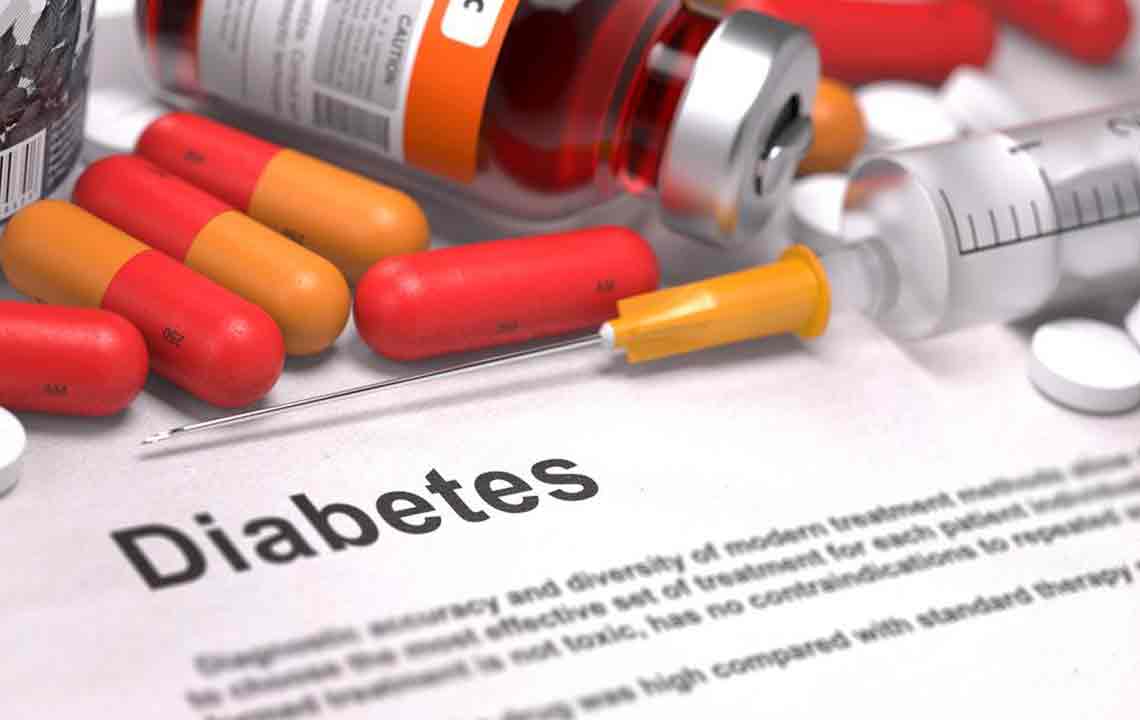Comprehensive Guide to Type 2 Diabetes: Causes, Symptoms, and Effective Management Strategies
This comprehensive article explores the causes, symptoms, and management techniques for type 2 diabetes. It emphasizes early detection, lifestyle changes, and medical treatment to effectively control blood sugar levels and prevent complications. Learn how to maintain a healthy lifestyle and manage this widespread condition effectively.

Understanding What Type 2 Diabetes Is
Type 2 diabetes mellitus is a long-term metabolic disorder characterized by the body's inability to effectively process glucose, a vital source of energy derived from carbohydrates. In this condition, the body's cells become resistant to insulin or the pancreas fails to produce enough insulin to meet the body's needs. This inefficiency leads to elevated blood sugar levels, which, if left unmanaged, can cause severe health complications. While modern treatments and lifestyle modifications can control the progression of the disease, currently, there is no definitive cure for type 2 diabetes, making management crucial for patients' quality of life.
Understanding the Causes
The pancreas, an organ located behind the stomach, plays a key role in insulin production. In individuals with type 2 diabetes, increased demand on the pancreas to produce insulin occurs due to the body's resistance to insulin's effects. Over time, the insulin-producing cells within the pancreas can become damaged or exhausted, potentially leading to decreased insulin secretion. Several factors contribute to this process, and understanding these causes is essential for both prevention and management.
When insulin production decreases or the body's response to insulin diminishes, blood glucose levels rise significantly, depriving body cells of their primary energy source. The precise causes behind the development of insulin resistance or pancreatic cell damage are complex and multifaceted. Factors associated with an increased risk of developing type 2 diabetes encompass genetic predisposition, lifestyle choices, and environmental influences. These include:
Genetic inheritance: Family history plays a notable role in susceptibility.
Obesity: Excess weight, especially around the abdomen, significantly increases risk.
Sedentary lifestyle: Lack of physical activity contributes to insulin resistance.
Unhealthy diet: High consumption of processed foods, sugary drinks, and unhealthy fats.
Age: Risk increases with age, particularly after 45 years.
Other health conditions: Conditions like hypertension and high cholesterol can elevate risk.
Understanding these causes emphasizes the importance of adopting healthy lifestyle habits aimed at prevention and management.
Recognizing the Signs and Symptoms of Type 2 Diabetes
Type 2 diabetes often develops gradually over years. Its insidious onset makes early detection challenging, underscoring the importance of awareness and routine screening. Recognizing the early signs can lead to prompt medical intervention, which is vital for preventing serious complications.
Excessive thirst and dry mouth: Persistent dehydration due to high blood sugar levels.
Increased hunger: Especially after eating, caused by fluctuating glucose levels.
Frequent urination: The body's attempt to eliminate excess sugar through urine.
Fatigue: Reduced energy because of inefficient glucose utilization.
Unintentional weight loss: Despite increased appetite, some individuals may lose weight.
Bruised or slow-healing skin wounds: Due to impaired circulation and immune response.
Blurred vision: Resulting from fluid changes in the eyes caused by high blood sugar.
Itchy skin or frequent yeast infections: Caused by yeast overgrowth in moist areas.
In advanced stages or poorly managed cases, symptoms can worsen and include additional signs such as numbness or tingling in extremities, dark patches on the skin (acanthosis nigricans), and recurrent infections, which all indicate the need for medical evaluation.
Managing and Controlling Type 2 Diabetes Effectively
Proper management of type 2 diabetes revolves around a combination of lifestyle modifications, medication, and regular monitoring. The primary goals are to keep blood glucose within target ranges, prevent complications, and improve overall health.
Dietary Changes: Emphasis should be placed on a balanced diet rich in dietary fiber, fruits, vegetables, whole grains, and lean proteins. Limiting processed foods, sugary snacks, and high-fat meats reduces the risk of blood sugar spikes and supports weight management.
Physical Activity: Engaging in regular exercise, such as brisk walking, cycling, swimming, or aerobics, helps increase insulin sensitivity and aids weight control. Tailored activity plans should be discussed with healthcare providers.
Medications: Depending on individual needs, healthcare providers may prescribe oral hypoglycemic agents or insulin therapy. Adherence to prescribed medication regimens is critical for maintaining optimal blood glucose levels.
Blood Glucose Monitoring: Regular self-monitoring enables patients to track their blood sugar levels, understand how diet and activity affect them, and avoid dangerous highs or lows.
Weight Management: Achieving and maintaining a healthy weight enhances insulin sensitivity and reduces strain on the pancreas.
Managing Comorbidities: Addressing other health conditions such as hypertension, high cholesterol, and cardiovascular disease is essential in comprehensive diabetes care.
Engaging with healthcare professionals, attending regular check-ups, and staying informed about the latest treatments are vital components of effective management. For pregnant individuals with diabetes, extra caution is necessary to protect maternal and fetal health.
It is important to emphasize that managing type 2 diabetes is a lifelong process. While medication can control blood sugar levels, integrating lifestyle changes ensures sustainable health benefits. Patients should never stop medications without consulting their healthcare provider, even if they start feeling better.
In conclusion, understanding the underlying causes, recognizing early symptoms, and adhering to management strategies are fundamental to living well with type 2 diabetes. With proper care, individuals can lead healthy, active lives and significantly reduce the risk of serious complications such as kidney disease, heart issues, and nerve damage.





